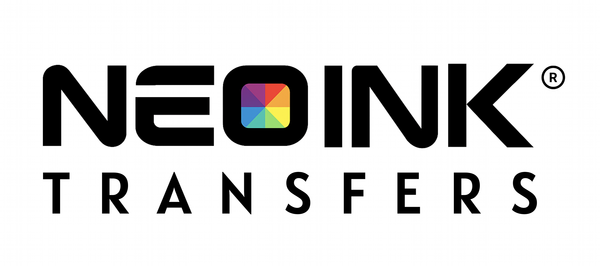
DTF Transfers 101 – Top Questions Answered for Canadians New to Direct-to-Film Printing
Share
-
What Is DTF Printing and How Does It Work? – Define Direct-to-Film printing in simple terms. Explain the basic process: printing your design on a PET film with special ink and adhesive, then heat-pressing it onto fabric. Highlight how this method differs from traditional printing and why it’s become popular (vibrant full-color results and ease of use).
-
Which Materials Can DTF Transfers Be Applied To? – Address the versatility of DTF. Explain that DTF transfers work on almost any fabric (cotton, polyester, blends) and even non-fabric items like wood or metal, outperforming methods like sublimation that require special materials. Emphasize to Canadian crafters and businesses that one DTF transfer can decorate T-shirts, hoodies, hats, tote bags and more – broadening their product possibilities.
-
How Durable Are DTF Prints? – Answer concerns about longevity. Explain that DTF prints are known for their durability and wash resistance – they won’t easily crack or fade, often outlasting vinyl or screen prints. Mention that with proper application, a DTF design can endure dozens of wash cycles while staying vibrant, meaning custom apparel remains high quality for customers over time.
-
DTF vs. Other Printing Methods – What’s the Difference? – Briefly compare DTF with other popular methods (like screen printing and direct-to-garment). Note that DTF requires no minimum orders unlike screen printing, and it can print photorealistic detail in one go. Also mention that unlike DTG, which works best on cotton, DTF can print on polyester and more. This section helps readers understand where DTF shines and sets the stage for choosing it for their needs.
-
What Equipment or Setup Do I Need to Use DTF Transfers? – Explain how easy it is for a customer to apply DTF transfers. They don’t need expensive printers – just a heat press (or even a household iron for small projects, though a heat press is recommended for best results). Outline the simple steps: place the transfer on the garment, press at the right temperature, peel (hot or cold peel depending on transfer type), and done. This reassures beginners that using NeoInk’s DTF transfers is straightforward.
-
Where Can I Get Quality DTF Transfers in Canada? – Guide readers on sourcing reliable DTF prints. Suggest looking for Canadian suppliers (to avoid long shipping and customs delays). Emphasize that NeoInk offers high-quality DTF gang sheets and transfers locally, with fast turnaround and even local pickup in Toronto. This positions NeoInk as the go-to Canadian source for DTF transfers, making it easy for customers to get started with confidence in the product’s quality and support.

